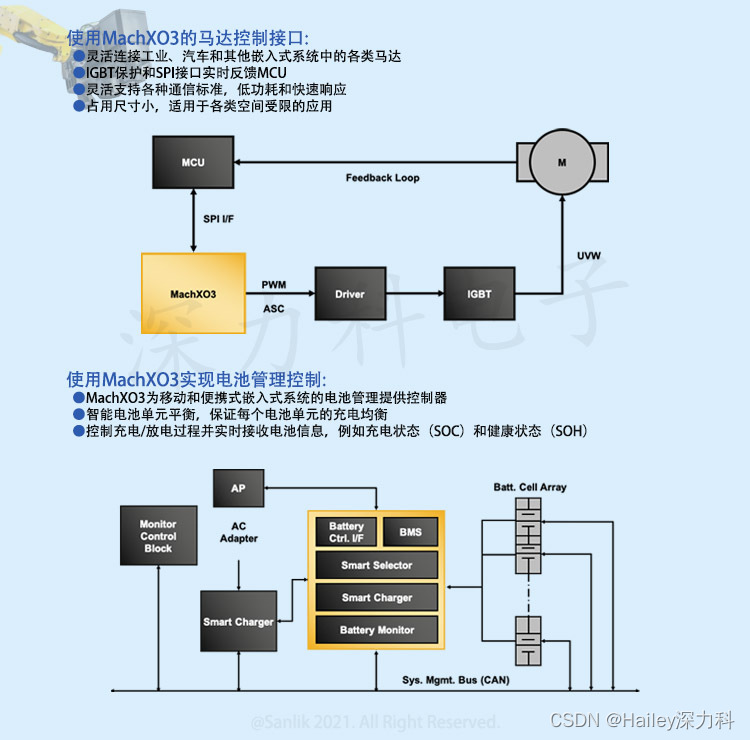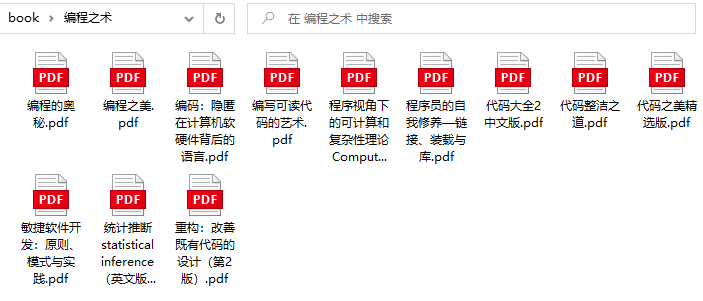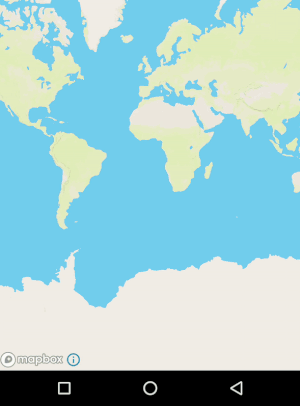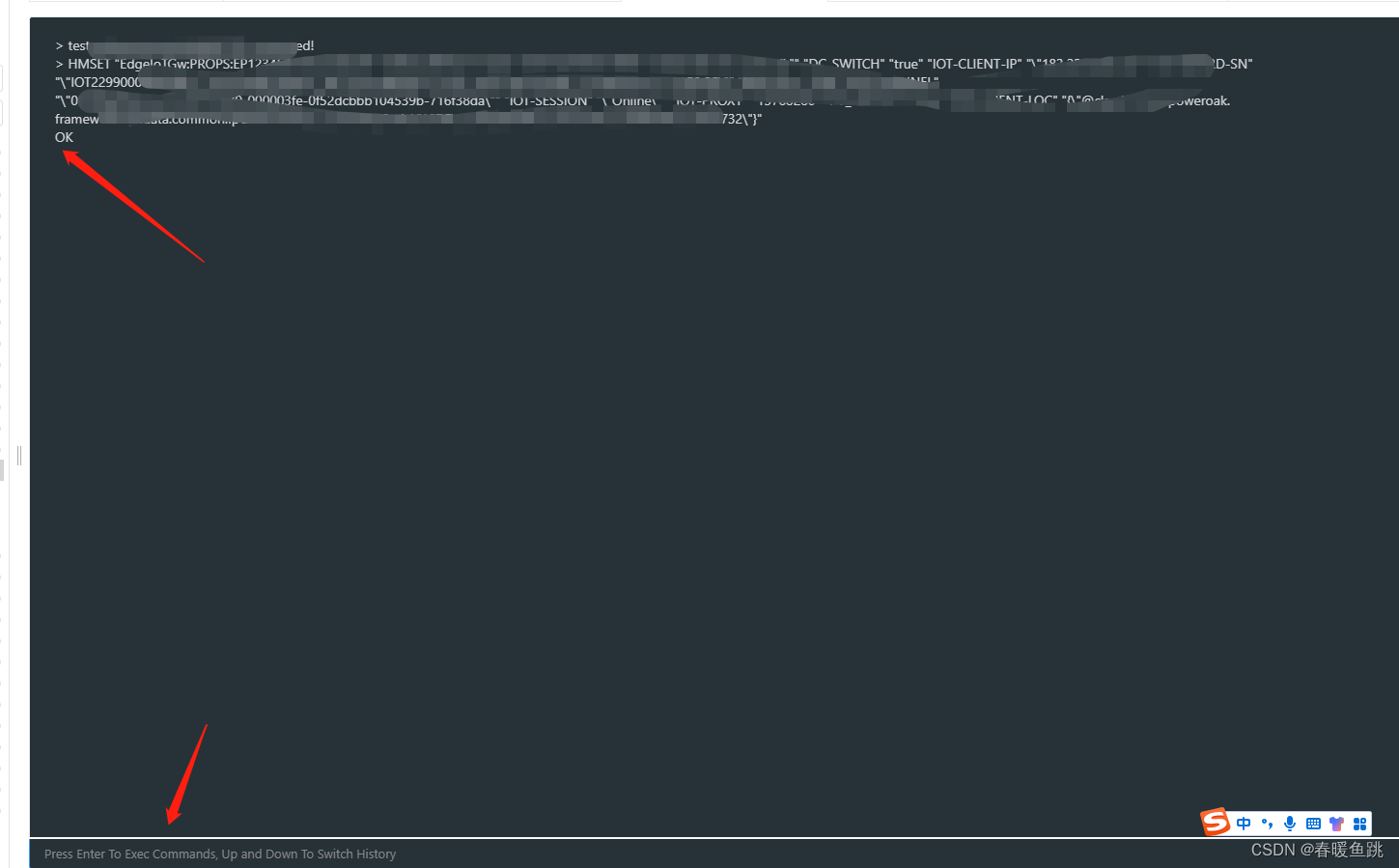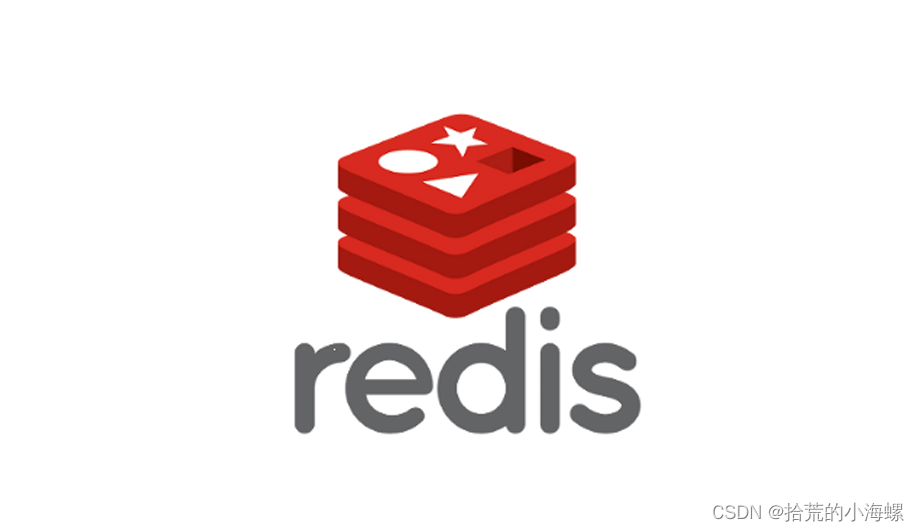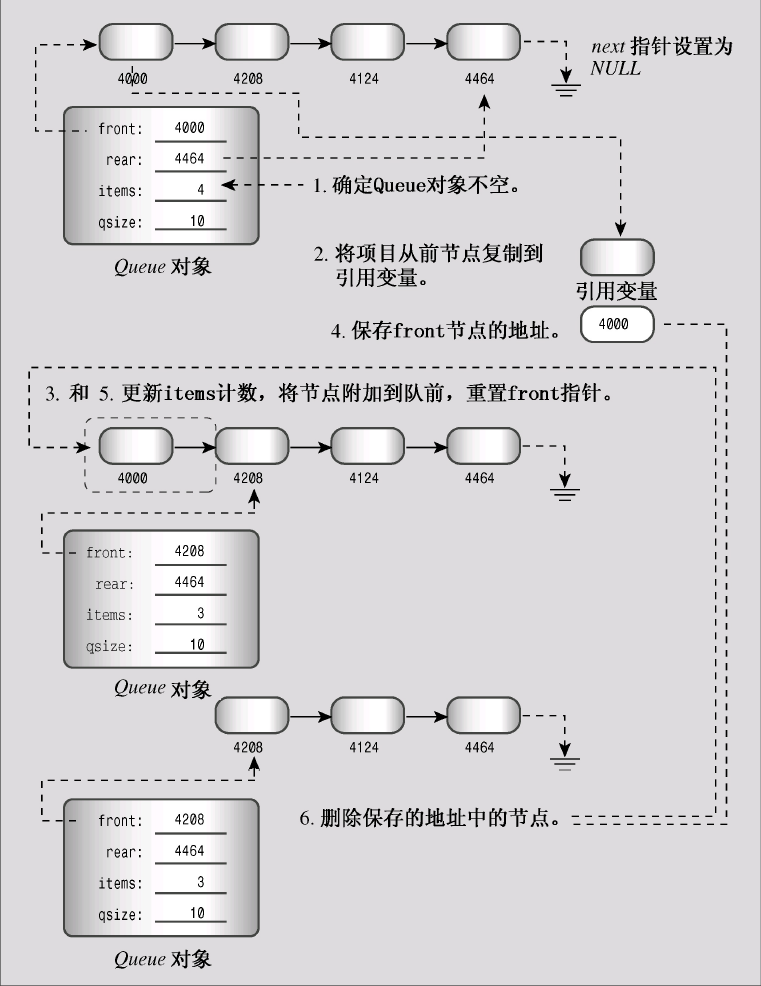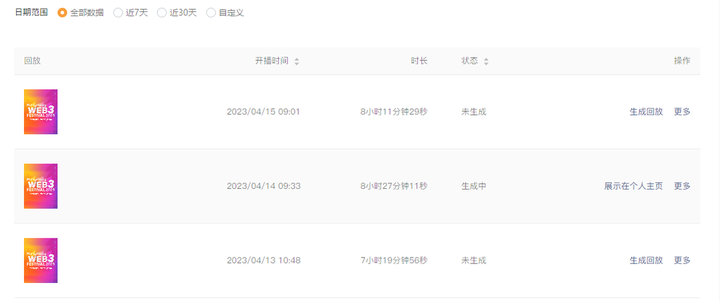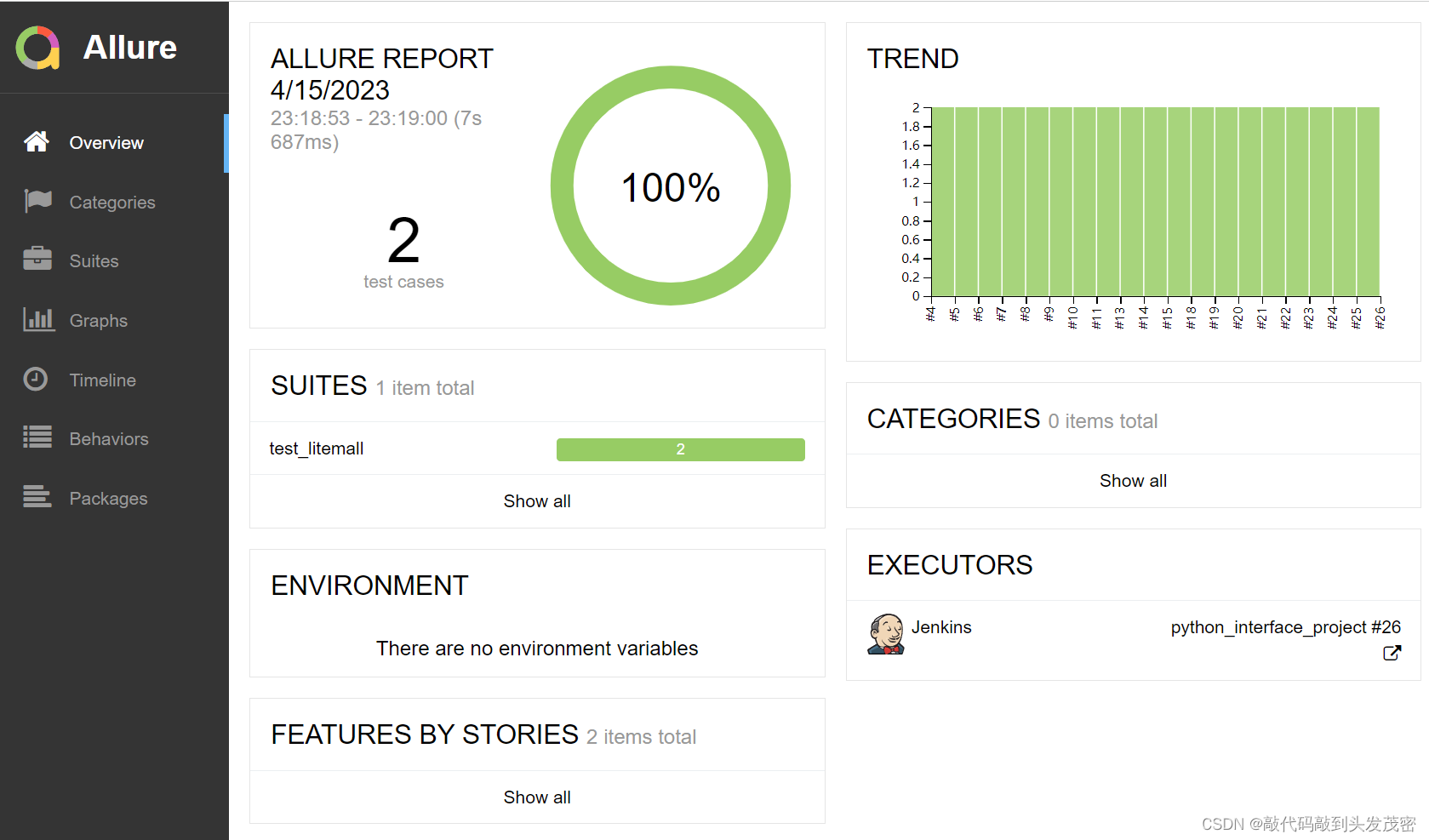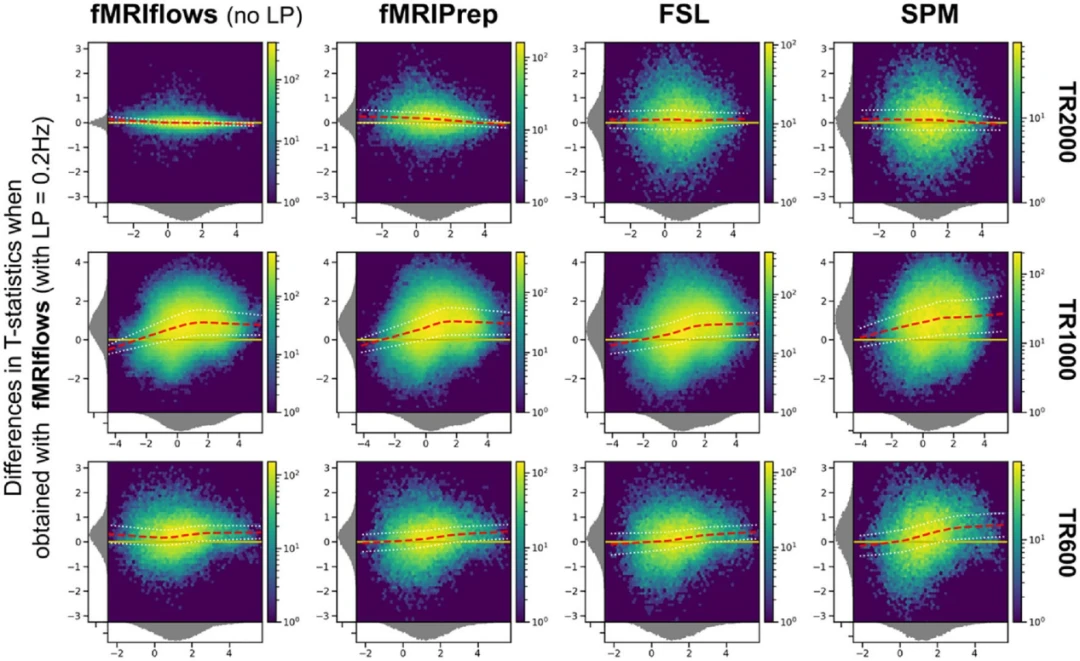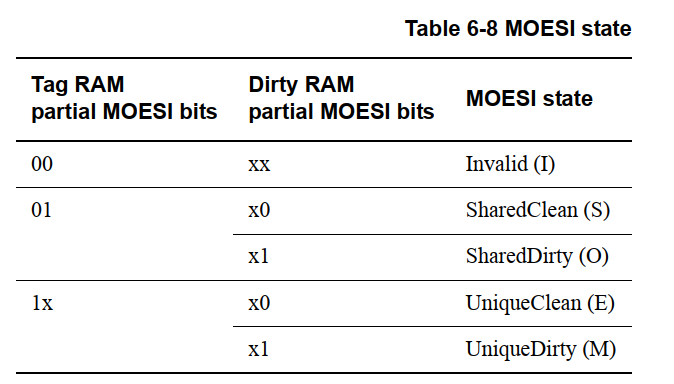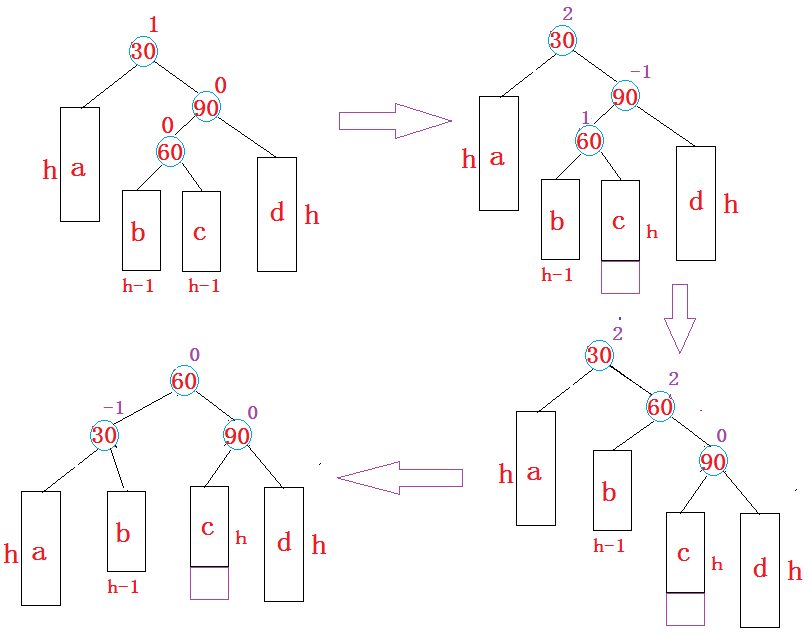目录
一、概念
二、队列
2.1队列的概念、
2.1单链表模拟实现队列
2.2双链表模拟实现队列
2.3队列的使用
2.4循环队列
2.4.1设计环形队列
三、双端队列
四、面试题
4.1用队列实现栈
4.2栈实现队列
一、概念
队列:只允许在一端进行插入数据操作,在另一端进行删除数据操作的特殊线性表,队列具有先进先出FIFO(FirstIn First Out)
入队列:进行插入操作的一端称为队尾(Tail/Rear)
出队列:进行删除操作的一端称为队头(Head/Front)

二、队列
2.1队列的概念
在Java中,Queue是个接口,底层是通过链表实现的。

 注意:Queue是个接口,在实例化时必须实例化LinkedList的对象,因为LinkedList实现Queue接口。
注意:Queue是个接口,在实例化时必须实例化LinkedList的对象,因为LinkedList实现Queue接口。

2.1单链表模拟实现队列


public class MyQueue {
static class ListNode{
private int value;
private ListNode next;
public ListNode(int val){
this.value=value;
}
}
public ListNode head;
public ListNode last;
public int usedSize;
public void offer(int val){
ListNode node=new ListNode(val);
if(head==null){
head=node;
last=node;
}
else{
last.next=node;
last=last.next;
}
}
public int poll(){
if(head==null){
return -1;
}
int val=-1;
if(head.next==null){
val=head.value;
head=null;
last=null;
return val;
}
val=head.value;
head=head.next;
usedSize--;
return val;
}
public int peek(){
if(head==null){
return -1;
}
return head.value;
}
}2.2双链表模拟实现队列
public class Queue {
// 双向链表节点
public static class ListNode{
ListNode next;
ListNode prev;
int value;
ListNode(int value){
this.value = value;
}
}
ListNode first; // 队头
ListNode last; // 队尾
int size = 0;
// 入队列---向双向链表位置插入新节点
public void offer(int e){
ListNode newNode = new ListNode(e);
if(first == null){
first = newNode;
// last = newNode;
}else{
last.next = newNode;
newNode.prev = last;
// last = newNode;
}
last = newNode;
size++;
}
// 出队列---将双向链表第一个节点删除掉
public int poll(){
// 1. 队列为空
// 2. 队列中只有一个元素----链表中只有一个节点---直接删除
// 3. 队列中有多个元素---链表中有多个节点----将第一个节点删除
int value = 0;
if(first == null){
return -1;
}else if(first == last){
last = null;
first = null;
}else{
value = first.value;
first = first.next;
first.prev.next = null;
first.prev = null;
}
--size;
return value;
}
// 获取队头元素---获取链表中第一个节点的值域
public int peek(){
if(first == null){
return -1;
}
return first.value;
}
public int size() {
return size;
}
public boolean isEmpty(){
return first == null;
}
}2.3队列的使用
public static void main(String[] args) {
Queue<Integer> q = new LinkedList<>();
q.offer(1);
q.offer(2);
q.offer(3);
q.offer(4);
q.offer(5); // 从队尾入队列
System.out.println(q.size());
System.out.println(q.peek()); // 获取队头元素
q.poll();
System.out.println(q.poll()); // 从队头出队列,并将删除的元素返回
if(q.isEmpty()){
System.out.println("队列空");
}else{
System.out.println(q.size());
}
}2.4循环队列
实际中我们有时还会使用一种队列叫循环队列。如操作系统课程讲解生产者消费者模型时可以就会使用循环队列。环形队列通常使用数组实现。

 力扣链接:环形队列
力扣链接:环形队列
2.4.1设计环形队列
设计你的循环队列实现。 循环队列是一种线性数据结构,其操作表现基于 FIFO(先进先出)原则并且队尾被连接在队首之后以形成一个循环。它也被称为“环形缓冲器”。
循环队列的一个好处是我们可以利用这个队列之前用过的空间。在一个普通队列里,一旦一个队列满了,我们就不能插入下一个元素,即使在队列前面仍有空间。但是使用循环队列,我们能使用这些空间去存储新的值。
你的实现应该支持如下操作:
- MyCircularQueue(k): 构造器,设置队列长度为 k 。
- Front: 从队首获取元素。如果队列为空,返回 -1 。
- Rear: 获取队尾元素。如果队列为空,返回 -1 。
- enQueue(value): 向循环队列插入一个元素。如果成功插入则返回真。
- deQueue(): 从循环队列中删除一个元素。如果成功删除则返回真。
- isEmpty(): 检查循环队列是否为空。
- isFull(): 检查循环队列是否已满。
示例:
- MyCircularQueue circularQueue = new MyCircularQueue(3); // 设置长度为 3
- circularQueue.enQueue(1); // 返回 true
- circularQueue.enQueue(2); // 返回 true
- circularQueue.enQueue(3); // 返回 true
- circularQueue.enQueue(4); // 返回 false,队列已满
- circularQueue.Rear(); // 返回 3
- circularQueue.isFull(); // 返回 true
- circularQueue.deQueue(); // 返回 true
- circularQueue.enQueue(4); // 返回 true
- circularQueue.Rear(); // 返回 4
提示:
- 所有的值都在 0 至 1000 的范围内;
- 操作数将在 1 至 1000 的范围内;
- 请不要使用内置的队列库。
class MyCircularQueue {
private int[] elem;
private int rear;//队尾
private int front;//对头
public MyCircularQueue(int k) {
this.elem=new int[k+1];
}
public boolean enQueue(int value) {
if(isFull()){
return false;
}
elem[rear]=value;
rear=(rear+1)%elem.length;
return true;
}
public boolean deQueue() {
if(isEmpty()){
return false;
}
front=(front+1)%elem.length;
return true;
}
//得到队头元素
public int Front() {
if(isEmpty()){
return -1;
}
return elem[front];
}
public int Rear() {
if(isEmpty()){
return -1;
}
int index = (rear == 0) ? elem.length-1 : rear-1;
return elem[index];
}
public boolean isEmpty() {
return rear==front;
}
public boolean isFull() {
return (rear+1)%elem.length==front;
}
}三、双端队列
双端队列(deque)是指允许两端都可以进行入队和出队操作的队列,deque 是 “double ended queue” 的简称。那就说明元素可以从队头出队和入队,也可以从队尾出队和入队。

Deque是一个接口,使用时必须创建LinkedList的对象。
 在实际工程中,使用Deque接口是比较多的,栈和队列均可以使用该接口。
在实际工程中,使用Deque接口是比较多的,栈和队列均可以使用该接口。
Deque<Integer> stack = new ArrayDeque<>();//双端队列的线性实现
Deque<Integer> queue = new LinkedList<>();//双端队列的链式实现四、面试题
4.1用队列实现栈
:队列实现栈
请你仅使用两个队列实现一个后入先出(LIFO)的栈,并支持普通栈的全部四种操作(push、top、pop 和 empty)。
实现 MyStack 类:
- void push(int x) 将元素 x 压入栈顶。
- int pop() 移除并返回栈顶元素。
- int top() 返回栈顶元素。
- boolean empty() 如果栈是空的,返回 true ;否则,返回 false 。
注意:
你只能使用队列的基本操作 —— 也就是 push to back、peek/pop from front、size 和 is empty 这些操作。
你所使用的语言也许不支持队列。 你可以使用 list (列表)或者 deque(双端队列)来模拟一个队列 , 只要是标准的队列操作即可。
public class MyStack {
private int[] elem;
private int usedSize;
public MyStack() {
this.elem = new int[5];
}
//压栈
public void push(int val) {
if(isFull()) {
elem = Arrays.copyOf(elem,2*elem.length);
}
elem[usedSize] = val;
usedSize++;
}
public boolean isFull() {
return usedSize == elem.length;
}
//出栈
public int pop() {
//1、判断栈不为空
if(empty()) {
//抛出异常!!
throw new StackEmptyException("栈为空!");
}
//2、开始删除
return elem[--usedSize];
}
//获取栈顶元素
public int peek() {
//1、判断栈不为空
if(empty()) {
//抛出异常!!
throw new StackEmptyException("栈为空!");
}
//2、开始删除
return elem[usedSize-1];
}
public boolean empty() {
return usedSize == 0;
}
}4.2栈实现队列
:栈实现队列
请你仅使用两个栈实现先入先出队列。队列应当支持一般队列支持的所有操作(push、pop、peek、empty):
实现 MyQueue 类:
- void push(int x) 将元素 x 推到队列的末尾
- int pop() 从队列的开头移除并返回元素
- int peek() 返回队列开头的元素
- boolean empty() 如果队列为空,返回 true ;否则,返回 false
说明:
你 只能 使用标准的栈操作 —— 也就是只有 push to top, peek/pop from top, size, 和 is empty 操作是合法的。
你所使用的语言也许不支持栈。你可以使用 list 或者 deque(双端队列)来模拟一个栈,只要是标准的栈操作即可。
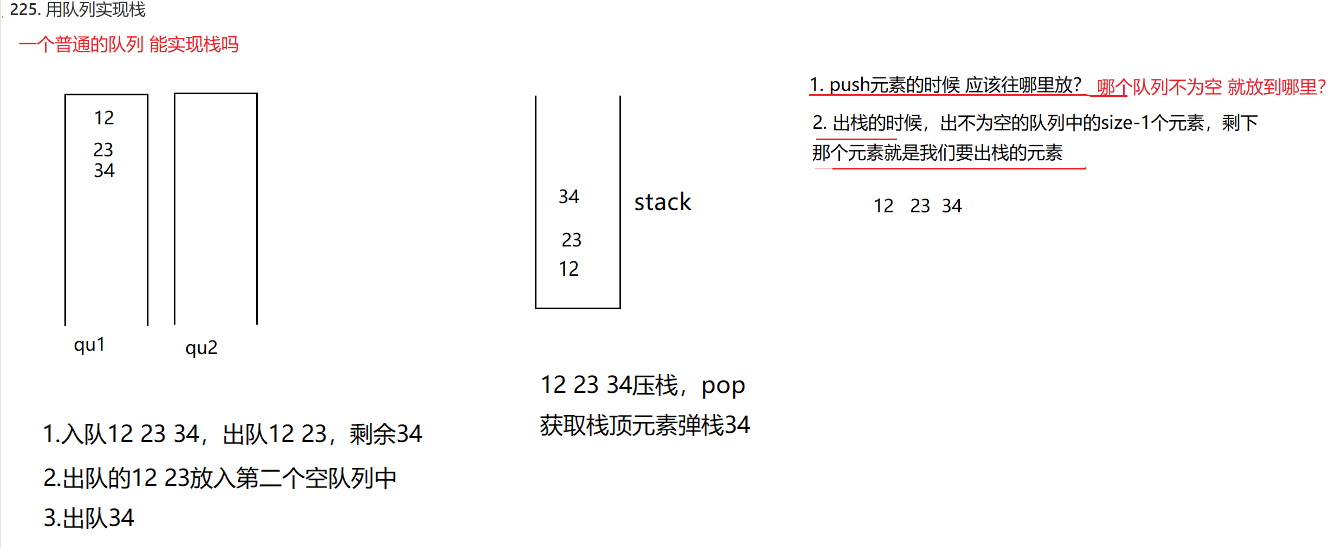
import java.util.Stack;
class MyQueue {
private Stack<Integer> s1;
private Stack<Integer> s2;
public MyQueue() {
s1 = new Stack<>();
s2 = new Stack<>();
}
public void push(int x) {
s1.push(x);
}
public int pop() {
if(!s2.empty()) {
return s2.pop();
}else {
while(!s1.empty()) {
int val = s1.pop();
s2.push(val);
}
return s2.pop();
}
}
public int peek() {
if(!s2.empty()) {
return s2.peek();
}else {
while(!s1.empty()) {
int val = s1.pop();
s2.push(val);
}
return s2.peek();
}
}
public boolean empty() {
return s1.empty() && s2.empty();
}
}

